Embellishments Coatings and Other finishing
Imagination Graphics assist you with all your Embellishments, Coatings and Other finishing to your product.
Imagination Graphics provides you
Embellishments, Coatings and Other finishing
Imagination Graphics has a finishing department with a large section dedicated to the Embellishments, Coatings and Other finishing. These finishes includes, Embossing, Celloglazing, Drilling, Perfing, Taping and many other finishes, serving the Sydney area.
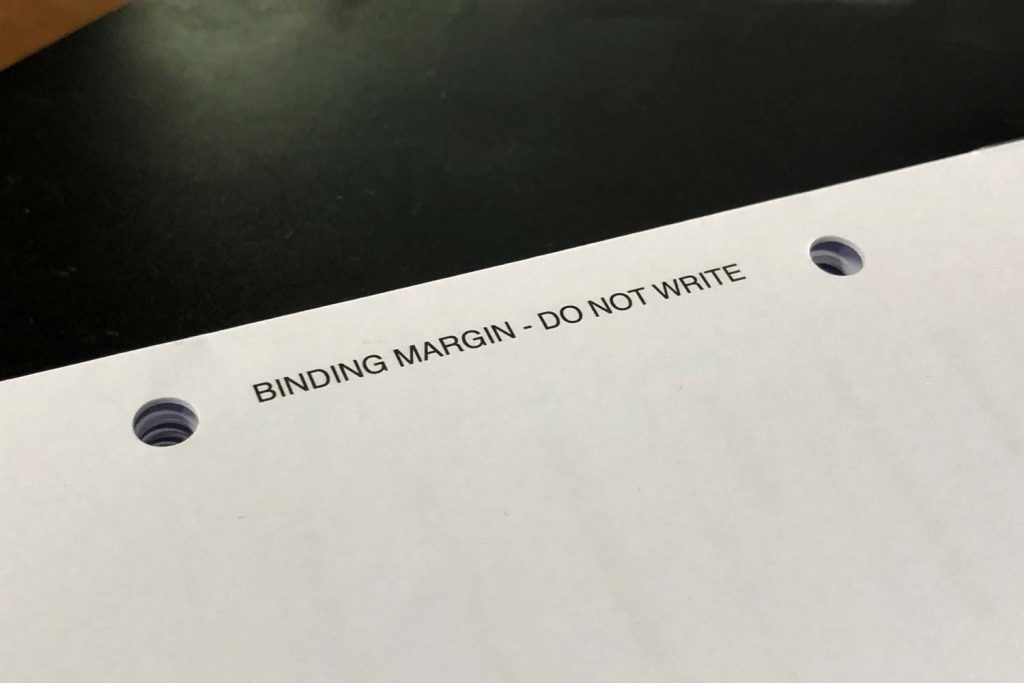
Drilling
Drilling in printing refers to the process of creating round holes in paper using a rotating bit. Unlike a manual punch, which presses holes through one or a few sheets of paper, the drilling operation uses a specialised machine with sharp hollow bits to bore through thick stacks of paper. This produces a very clean and precise holes.
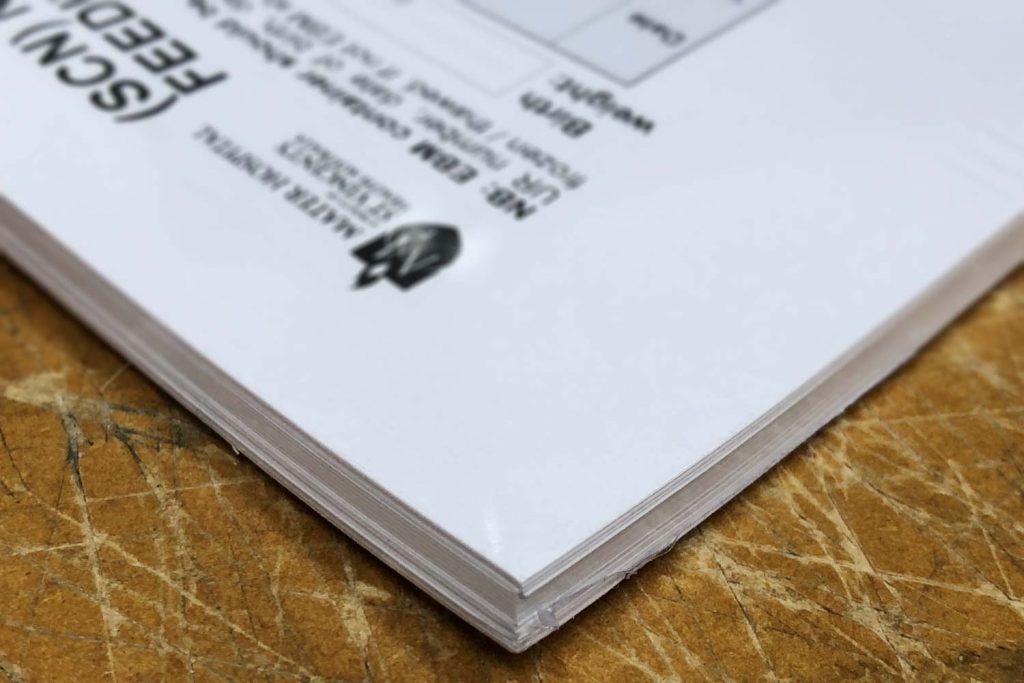
Shrink Wrapping
Shrink wrap is a plastic film that you can wrap around any object, no matter what the size or shape. When heat is applied to the surface, it causes the plastic to shrink. As it shrinks, it conforms to the shape of your object and seals itself.
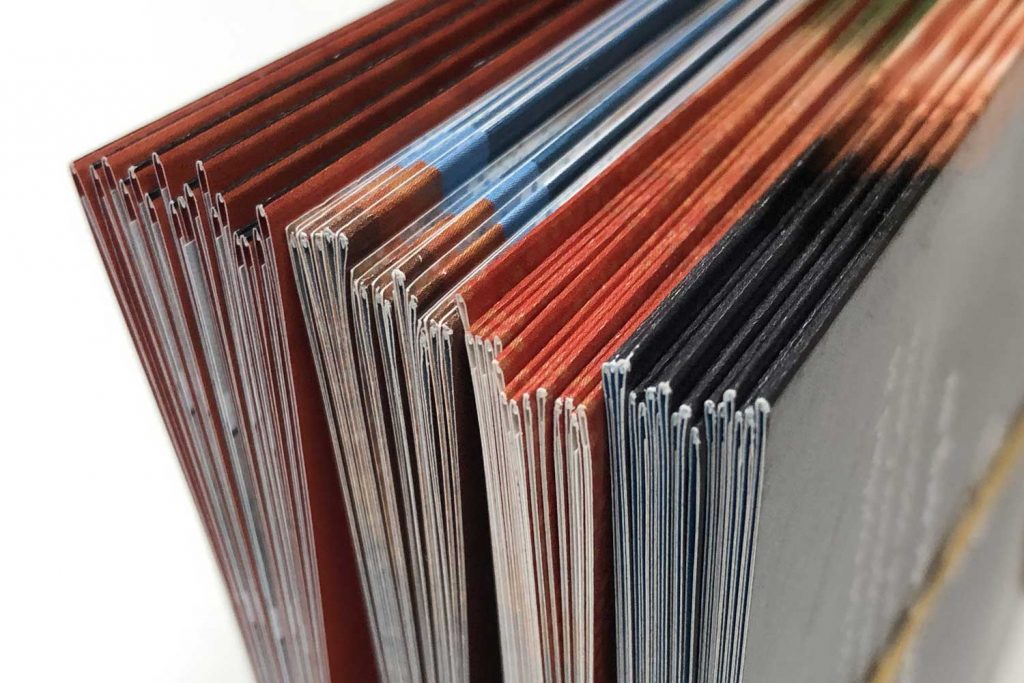
Folding
We use folding technique in printing, which is commonly done after printing and cutting. This is achieved using special devices called Folders. The material is folded either off-line or in-line, depending on the pre-set and design plan. Magazine, brochures, etc. are usually folded. We have a variety of folding options, such as half fold, tri-fold, Z-fold, accordion fold, and quarter fold to name a few.
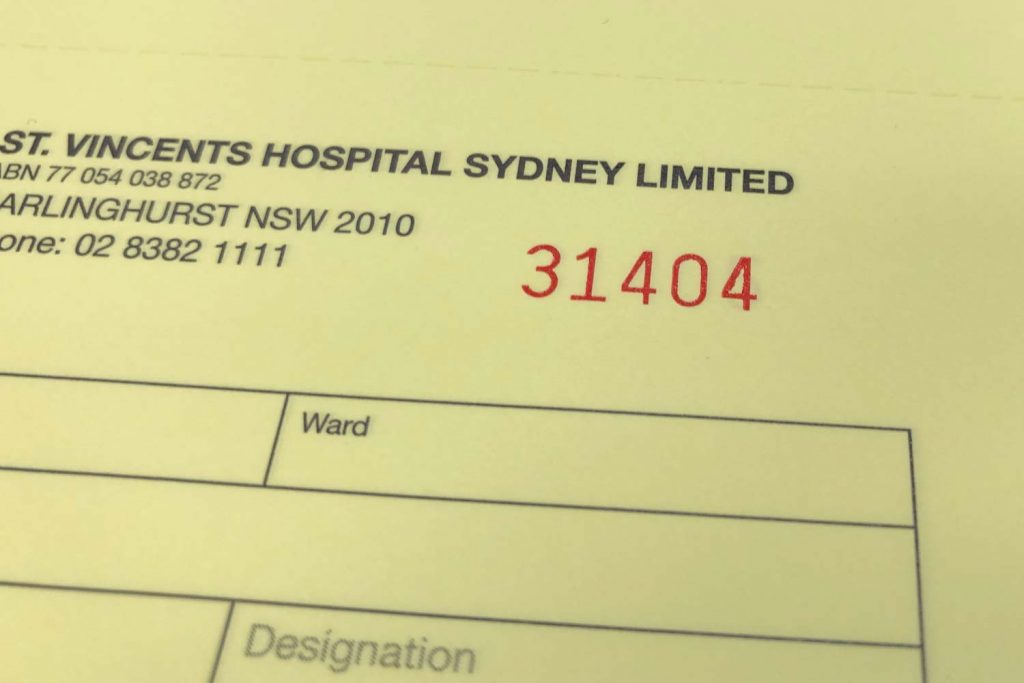
Numbering
We use Numbering or sequential numbering in printing, which refers to printing numbers in sequential order on printed pieces. We usually print numbers on forms, like invoices, purchase orders, contracts, and also on raffle tickets, gift cards, or anything that requires a unique identifying number.
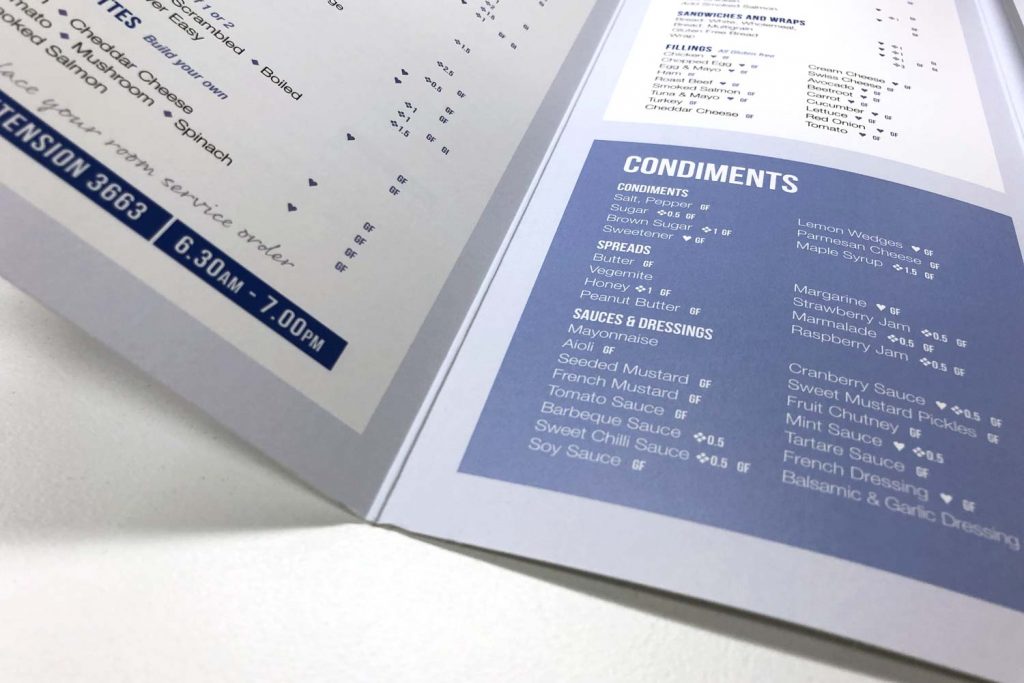
Scoring or Creasing
To begin, we use Scoring or Creasing techniques to prevent a fold from cracking or breaking. By weakening the area of the paper with Scoring/Creasing, it becomes easier to fold. Furthermore, Scoring creates a depression in the paper, also making it easier to fold. Additionally, the thicker the paper, the more important it is to properly crease or score before folding to avoid or reduce breaking in the fold.
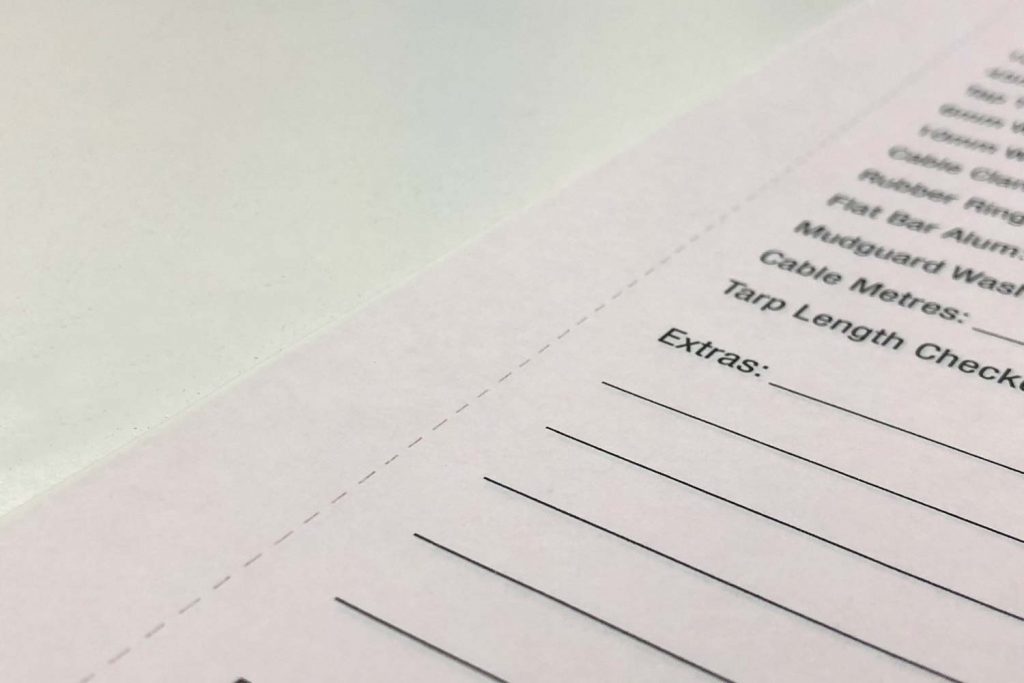
Perf, Perfing or Perforation
Perf, Perfing or Perforation is a method used in the printing industry, it allows a person to easily tear off parts of a leaflet, card, flyer, and others. However, it is impossible for perforations to be done on papers that weigh 80gsm and is only recommended for ones that weigh 135gsm and above.
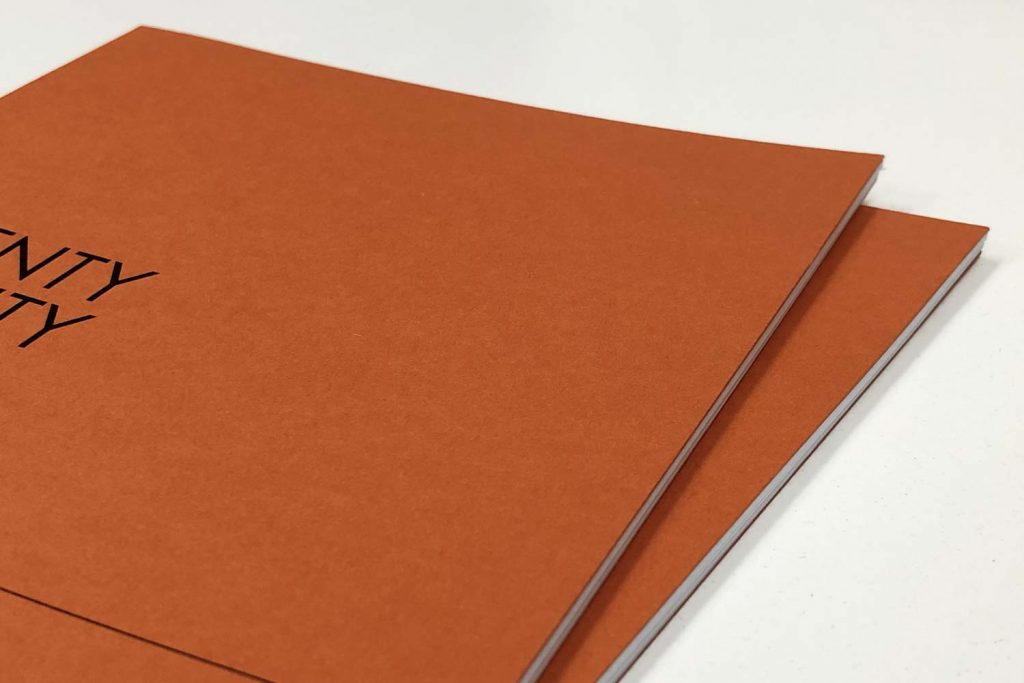
Collating
Collating or to collate referes to the organisation of printed matter in a specific order as requested.
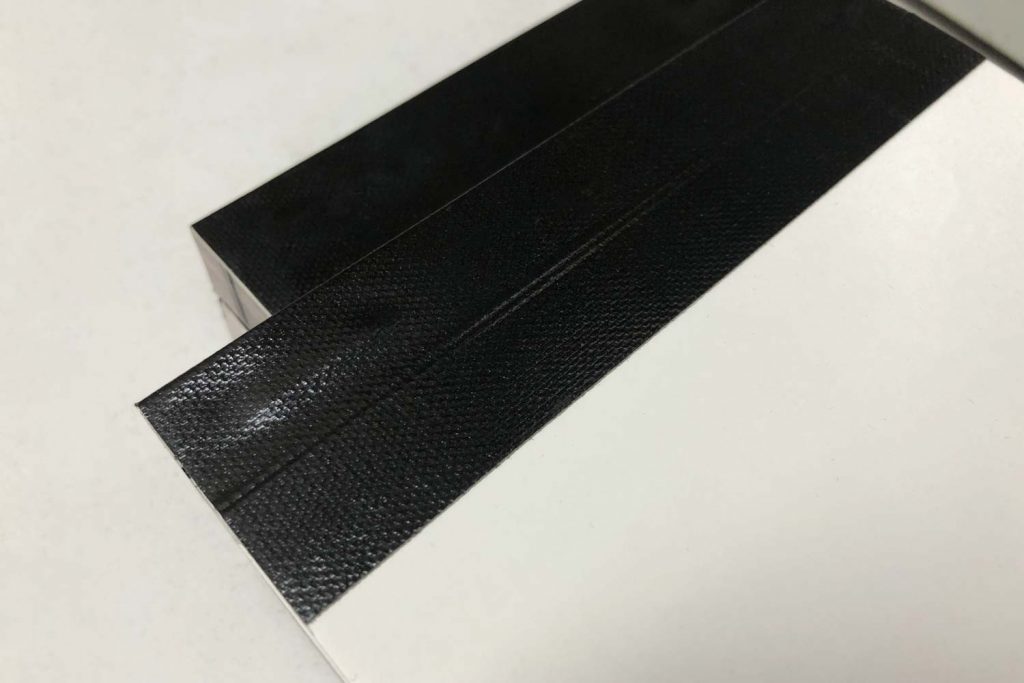
Taping
Taping refers to the application of a double-sided adhesive onto paper or board.
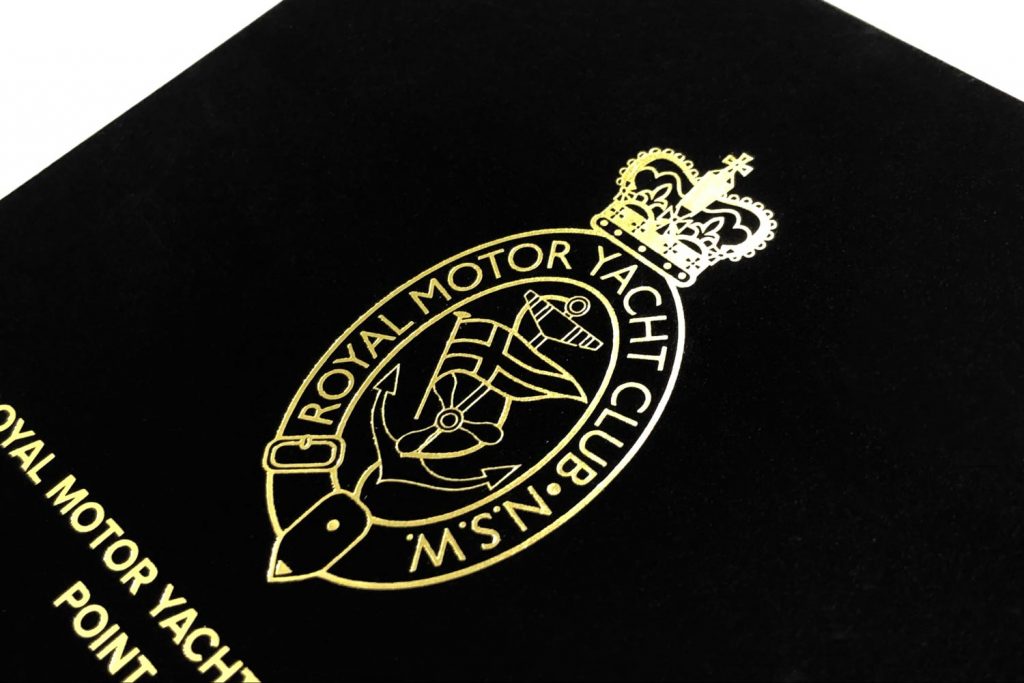
Foiling
We use Foil printing, a specialty printing process that uses heat, pressure, and metallic paper (foil) to create different shiny designs and graphics on various materials. This technique involves applying metallic or pigmented foil on a solid surface by using a heated die. Doing this makes the foil permanently stick to the surface and leaves the design of the die, whether it's a small intricate design or a larger surface area.
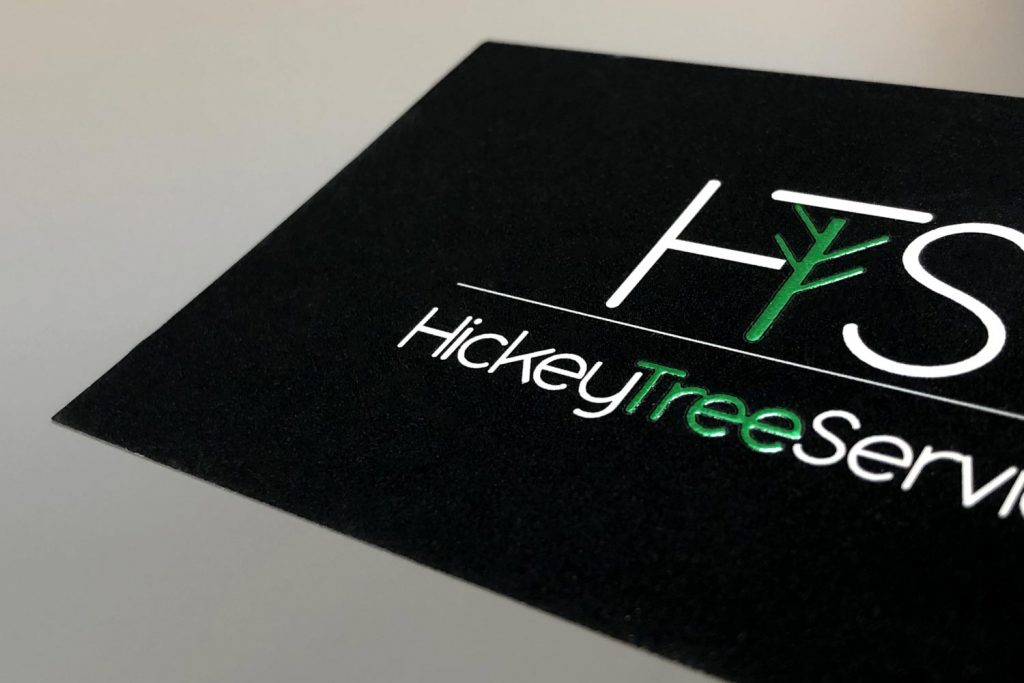
Block Foiling versus Digital Foiling
Traditional Block Foiling, also known as hot foil stamping, involves using heated plates or dies to apply metallic foil to paper or card. As a result, the foiled elements are slightly debossed and textured. This method works best on uncoated, thicker paper stocks. In contrast, Digital Foiling is a process in which a computer file is used to print directly without the need for plates. This eliminates set up costs and is ideal for short runs and smaller orders. However, it is not suitable for small, intricate designs that feature fine details and serif style fonts. Therefore, for precision, traditional block foiling may be a better option.
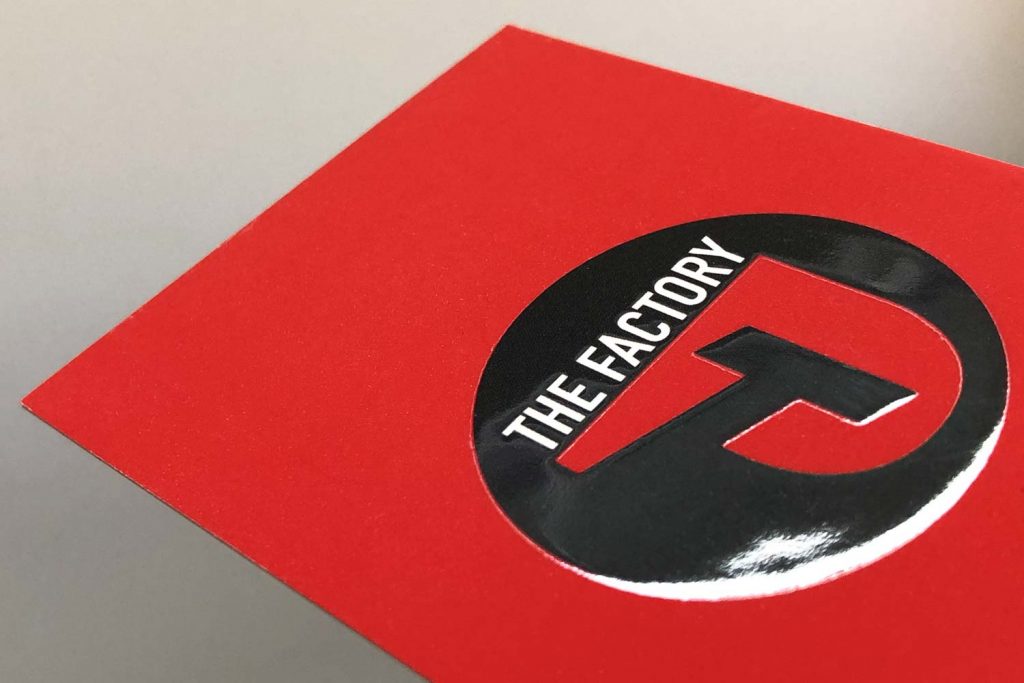
Spot UV
Spot UV is a technique that makes certain areas of a document high-shine and glossy. This makes any area you wish to stand out against a matt lamination really pop. After printing the Spot UV is then printed on top of the paper, as a clear gloss, and then dried for the finished result.
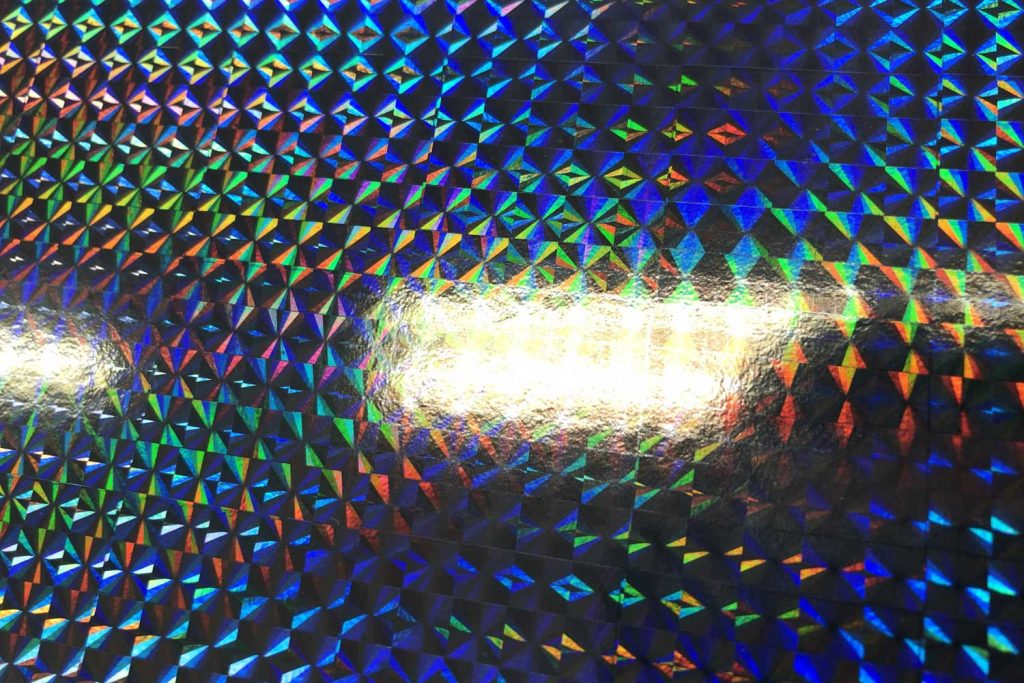
Holographics
We create a holographic print by reproducing a hologram on a flat surface. This print produces 3-D effects when viewed. Unlike traditional holograms, a holographic print does not require any special lighting arrangements to yield the 3-D effect and the viewer does not need any task-specific eyewear to view the image.
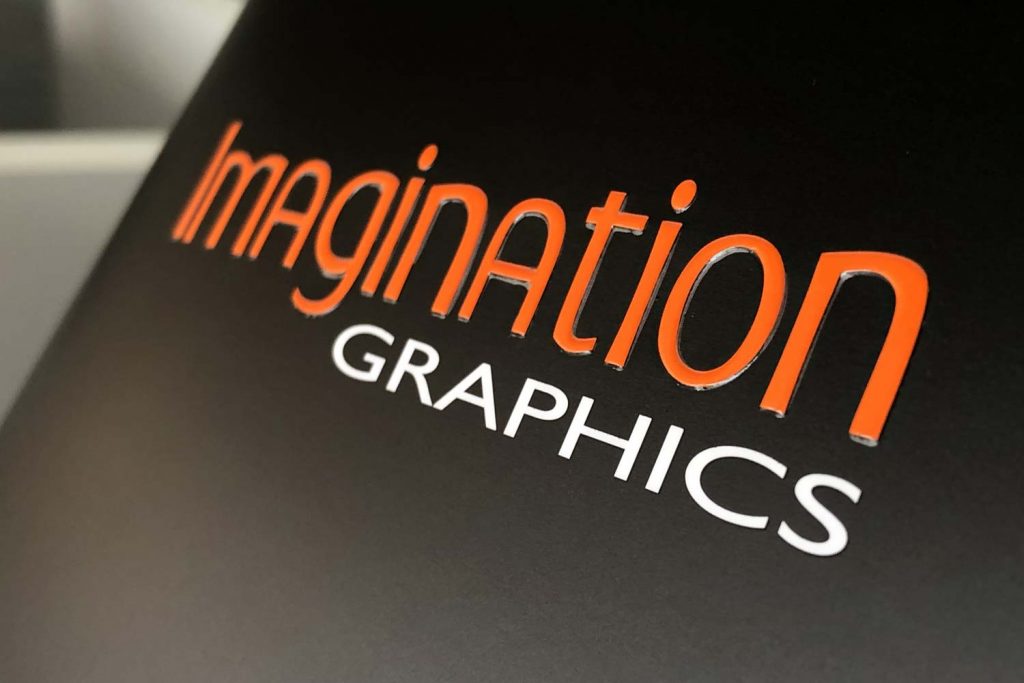
Embossing and Debossing
Embossing is a process in the printing industry of pressing an image into paper or card stock to create a three-dimensional design. It involves the use of two metal dies – one has a raised surface and the other has a mating surface recessed into it. A paper sheet is placed between the two dies and then heat and pressure are applied to press the raised die into the recessed die. The paper fibers permanently reshape to take on the intended design. There are two types of embossing: Debossing, which results in a depressed surface, with the design lower than the surrounding paper area and Embossing, which results in a raised surface, with the design higher than the surrounding paper area. Text, logos, and other images can all be formed by the embossing method.
Blind Embossing and Blind Debossing
In the printing industry, we create a three-dimensional design without the use of ink, foil, or pigment by pressing an image into the paper. This technique is known as blind embossing. Blind debossing is the process of pushing the image down, below the surface of the paper. Both blind embossing and blind debossing can produce beautiful, textured finishes to printed stationery.
Foil Embossing
Foil Embossing is combining both foil stamping and embossing, either with a foil embossing die or embossing an image that was previously flat foil stamped (known as “stamp and bump”).
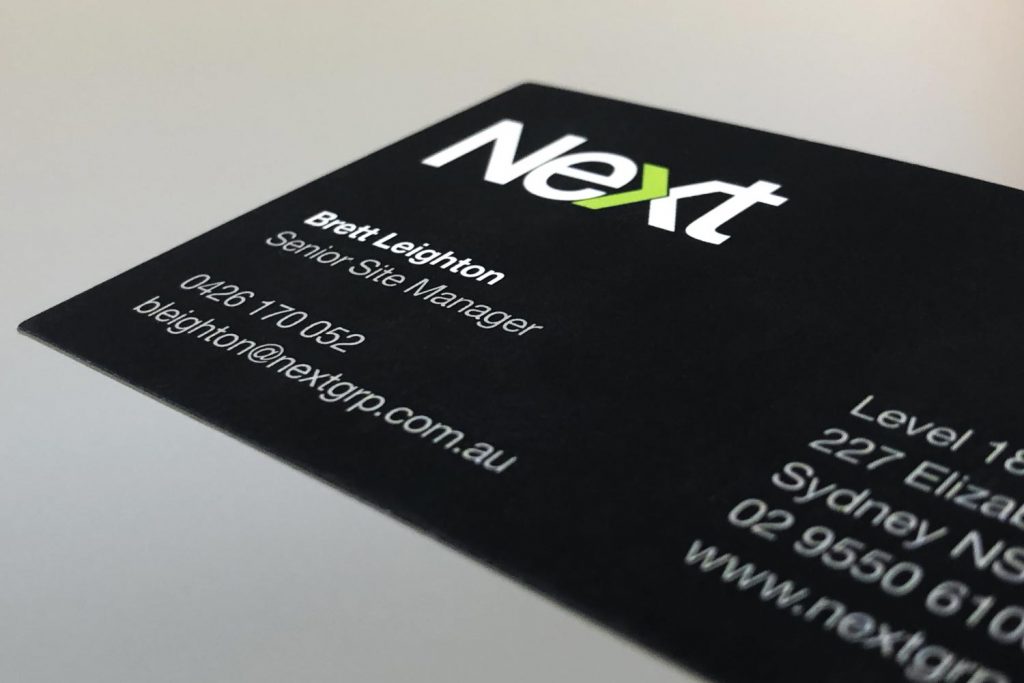
Celloglazing / Cello
We use Cello glazing as a finish for business cards, presentation folders and booklet covers. Cello glazing is a process where we adhere a thin sheet of film to the printed piece using a special machine that applies heat and pressure. We can apply it on one side or both sides. Cello glazing makes the printed piece more robust and gives it a luxurious, classy and expensive look.
Matt Cello
We use Matt Cello, a non-reflective finish that provides a silky, smooth finish but can flatten out the colors in your printed piece. If you need to write on your business card or print project, we recommend using Matt Cello as gloss is difficult to write on. We can also enhance your print piece by applying a spot UV feature on design elements after applying the Matt Cello.
Gloss Cello
Gloss cello offers a clear and shiny finish that tends to brighten and enhance your colours.
Anti-Scuff
We use Anti-scuff Cello glazing to prevent unwanted scuffs and marks from showing up on laminated surfaces. This finish keeps dirty fingerprints away, leaving your print with a clean appearance. This durable print finish is ideal for brochures, folders, and other print products that need to look pristine and is also handy for items that will be used repeatedly.
Soft Touch/Velvet
We use “velvet” or “soft-feel” finish, also known as soft-touch finishes, which is growing in popularity, particularly for business cards, presentation collaterals, and many other types of promotional printing where distinguishing qualities are important. We achieve this finish by applying either a soft touch laminate film or a soft-touch coating. Soft-touch coatings are applied in liquid form, usually as an inline process, after the printing ink has been applied. The coating then dries with the “soft feel” texture.